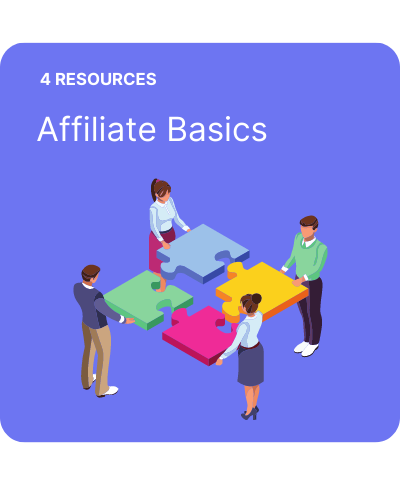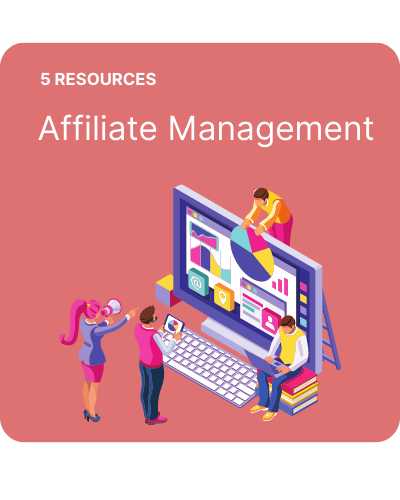How to deliver better affiliate ROI
Strong returns on investment (ROI) is a forte of affiliate programs, and the reason many brands launch in the first place. Comparable to other channels like PPC, affiliate programs will return much stronger revenue for every £1 invested. If you look at the big players in the industry like cashback or discount partners, this is no surprise. They are much further along the sales funnel, optimised to convert those looking for a last-minute voucher or receive cashback on an order they are already committed to buying.
But, with such good figures comes increased competition across major partners. Affiliate managers can often turn to tier 2 partners in the hope that they deliver the revenue big publishers would, for similar coverage. As a result, they take a hit on their ROI because they didn’t get the orders/high AOV’s they had expected.
No matter who you have outlined as a partner to work with on a particular piece of coverage. There are always some key elements to consider to ensure you receive the best ROI possible from the campaign.
Negotiate rates
Don’t always take the first offer that comes your way. If this is a publisher relationship that is just getting started, then you are likely to be quoted the rate card.
Find a middle ground that is mutually beneficial for both parties. A hybrid higher commission plus tenancy for example could provide a better ROI for your campaign.
As your relationship grows then you will feel more confident asking for discounts as you have proof of concept. If the publisher knows they will likely earn ‘x’ commission then they may take a hit on the upfront tenancy cost.
What can you offer
Having an arsenal of options that you can give your affiliate partners can be crucial in securing better deals. Test exclusive codes, free next day delivery, early bird access to sales or new products as a few tactics to support a lower tenancy or commission cost.
Publishers want to offer diversity to their users. Showing the same or similar offers can create user stagnation and have an impact on revenue. So they should welcome a mix of offers especially outside of important dates such as payday or key holidays.
Publisher blindness
As with brands getting into the affiliate space, the same can be said for big publishers. They have heard the buzz and want to get in on the game as another way to monetise their sites.
For some sites, this is a natural transition that becomes fruitful for all those involved. Others think their big publisher name means they can demand large tenancies while they remain unable to deliver the key metrics the affiliate channel needs, specifically revenue.
Brands might be willing to pay large media costs for display on the publisher’s site as it leans heavily on brand awareness. But, affiliates need more than vanity metrics. There need to be orders, leads, or clear influence on a customers purchase journey that you can reward.
PPC rights
Companies are understandably very protective over the use of brand terms in any partnerships, with many not allowing any affiliate partners to bid.
But, selecting a few key partners and brand terms that you might not be effectively utilising could reduce tenancy costs. For example, brands bidding on ‘brand + discount’, will send potential customers through to a single offer page or even worse, just the homepage.
By allowing a select discount partner to take this space during the campaign length it will have a much better user journey (a page showing a mix of offers). This can maximise potential returns and help reduce tenancy costs, positively affecting your affiliate ROI.
Commission groups
An online business is extremely complex and if you are managing internally or as a third party, any affiliate manager needs to be aware of this.
Margins can be key to the survival of any brand especially with pure-play eCom companies and Amazon allowing competitors to have fewer overheads.
Lower overheads can often lead to better margins which can allow them to offer higher discounts or commissions to major partners. By upgrading your tracking, you can allow your affiliate program to offer different commission rates on selected commission groups.
Therefore, you can offer affiliate partners higher commissions or discounts on categories with which you have higher margins.
The most successful affiliate programs will typically have tiered commission rates exactly for this reason. It could be a secret weapon for your brand in delivering a stronger ROI from the channel.



